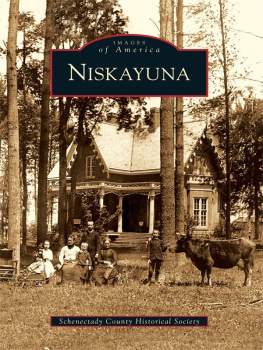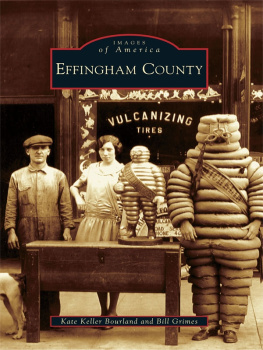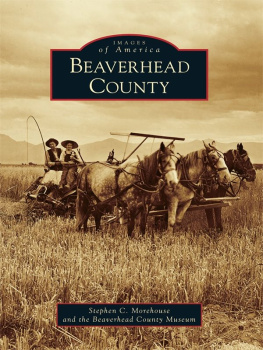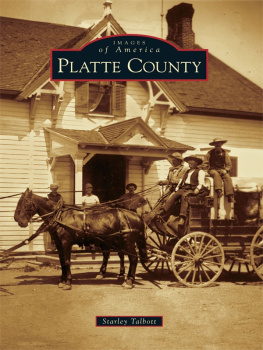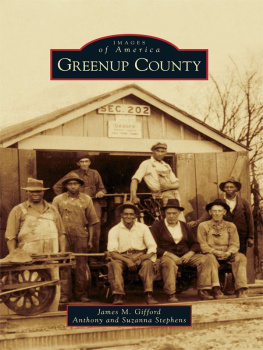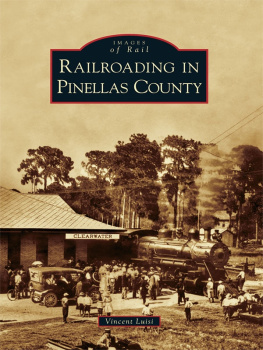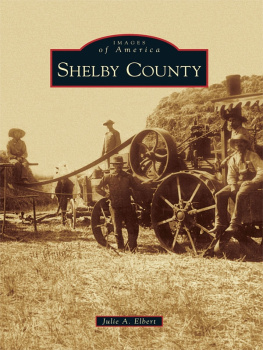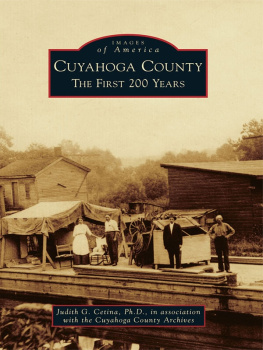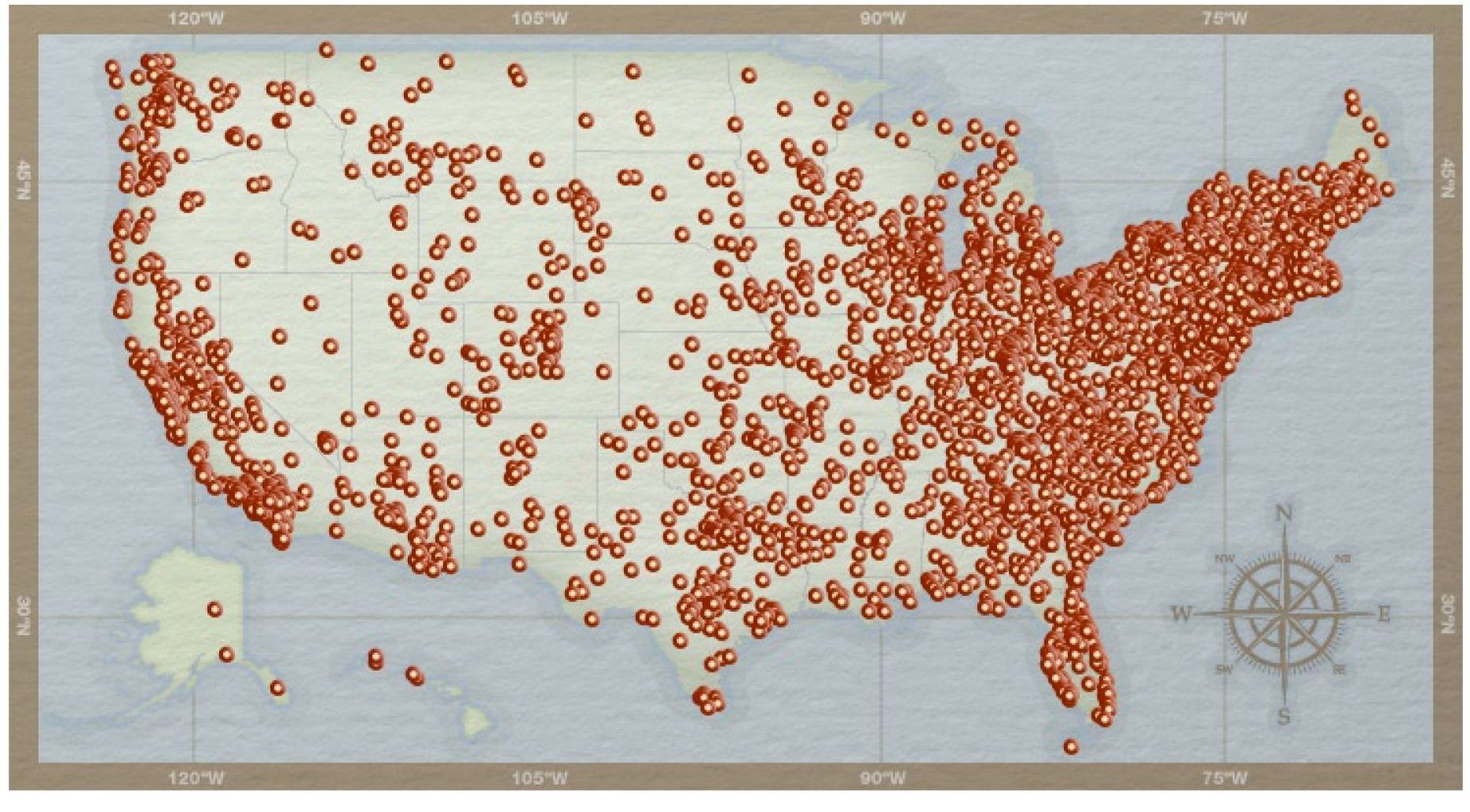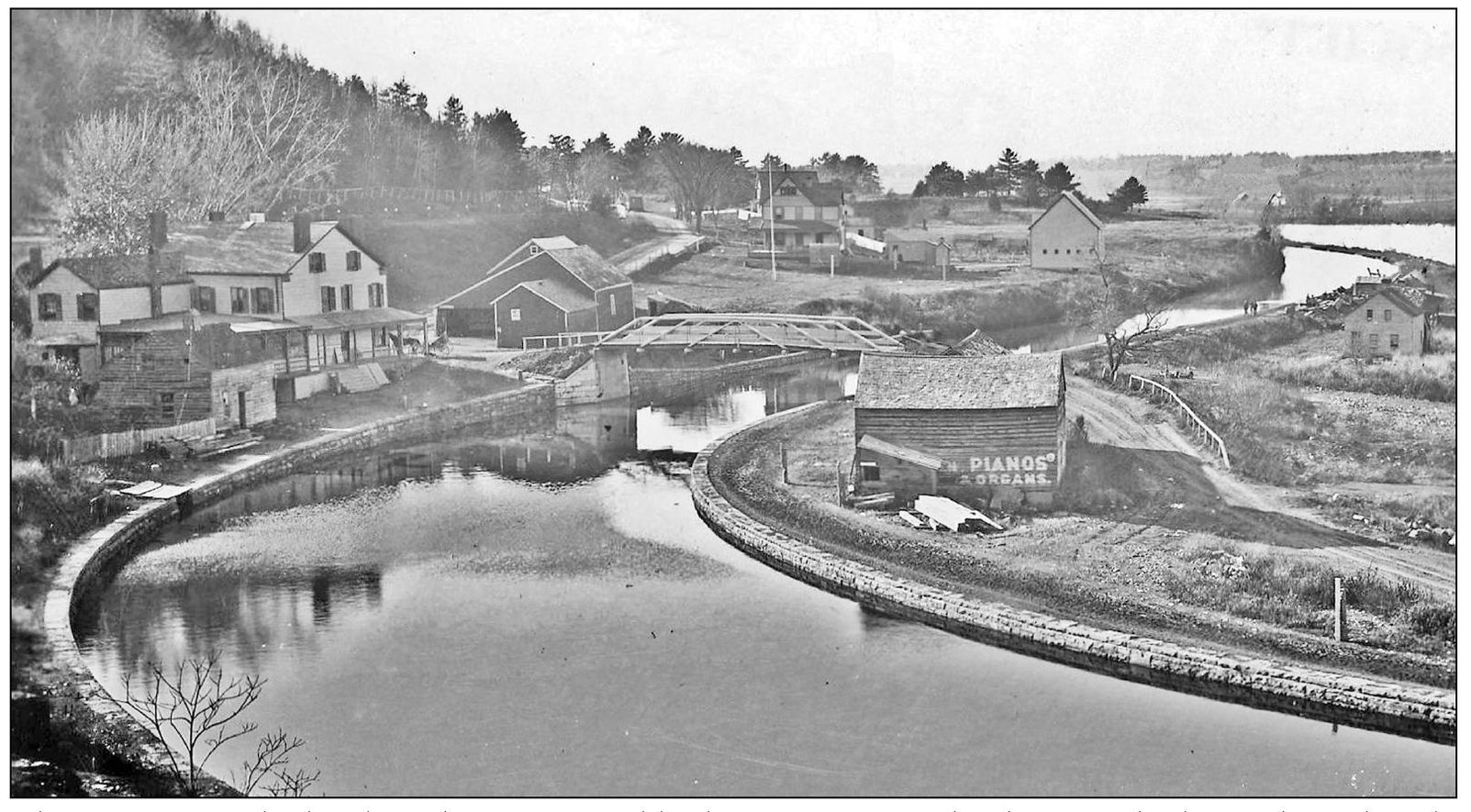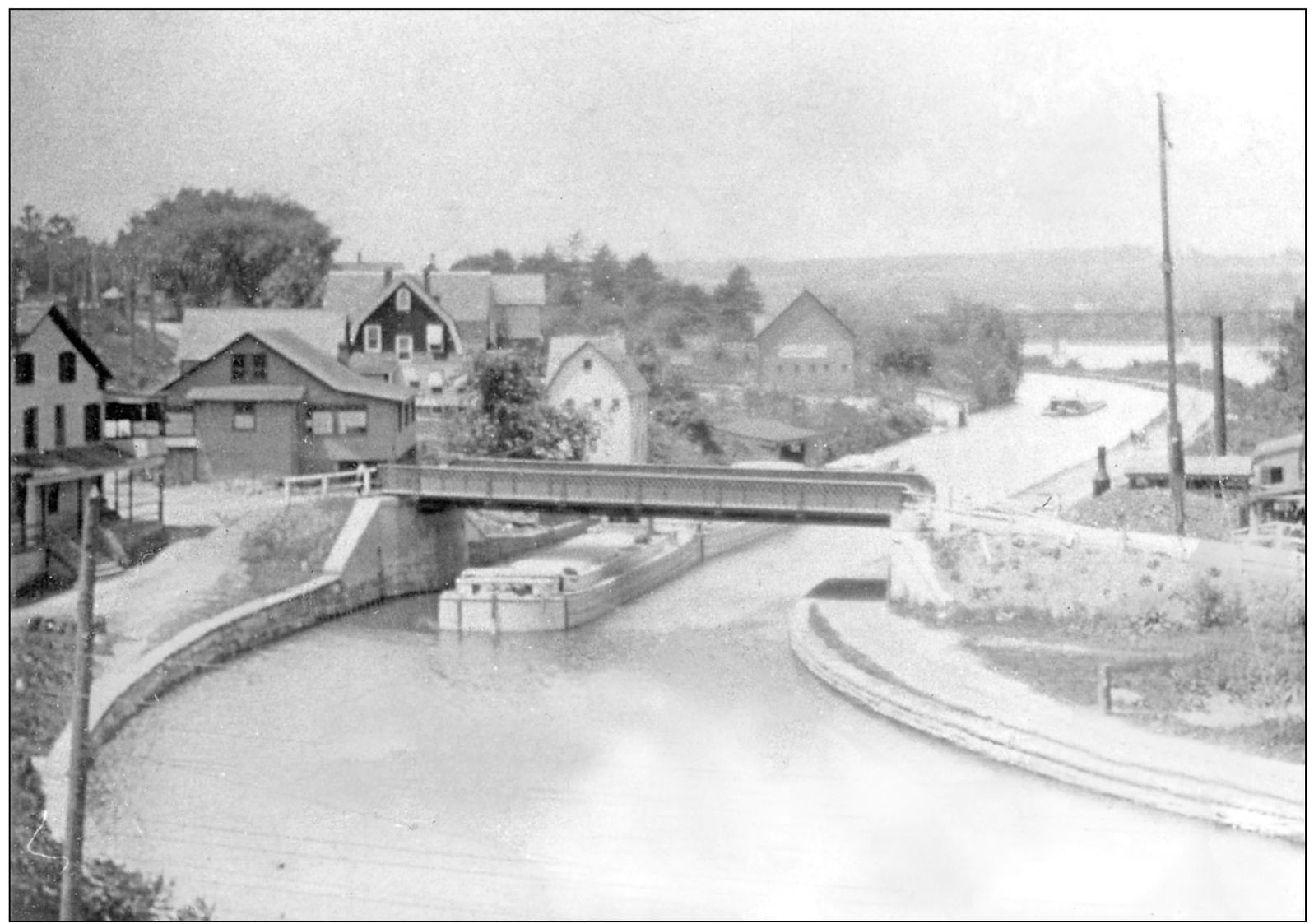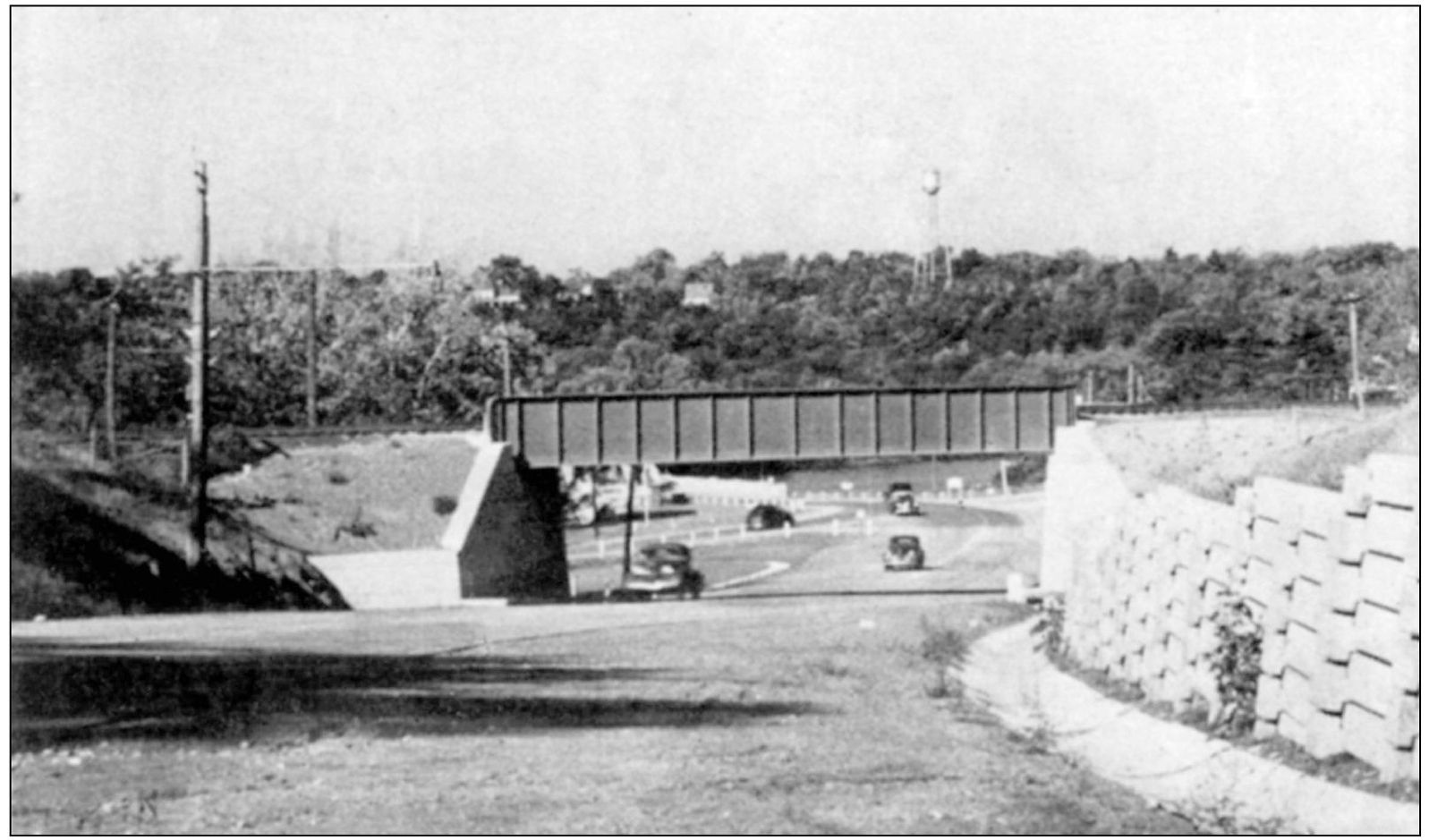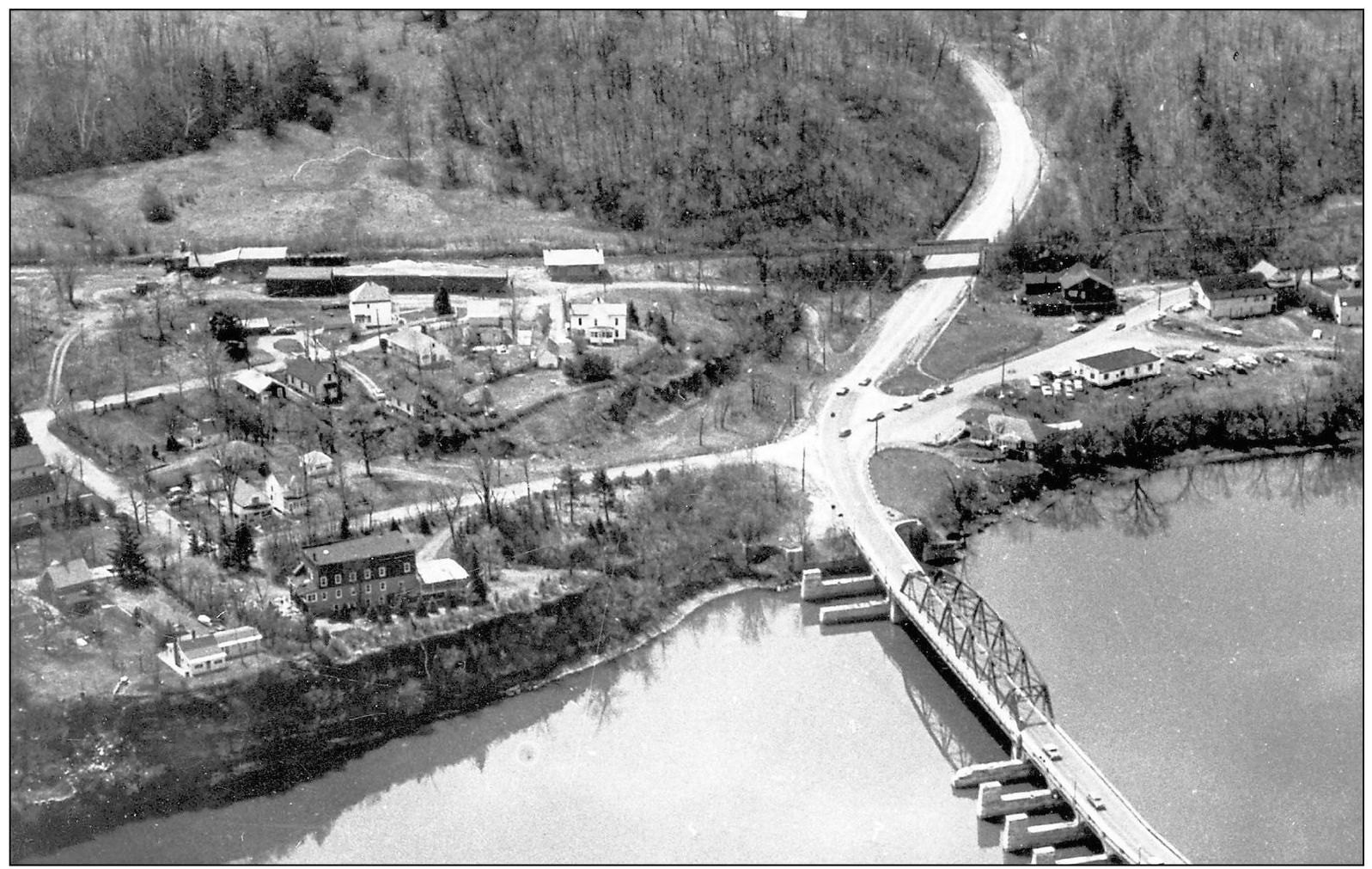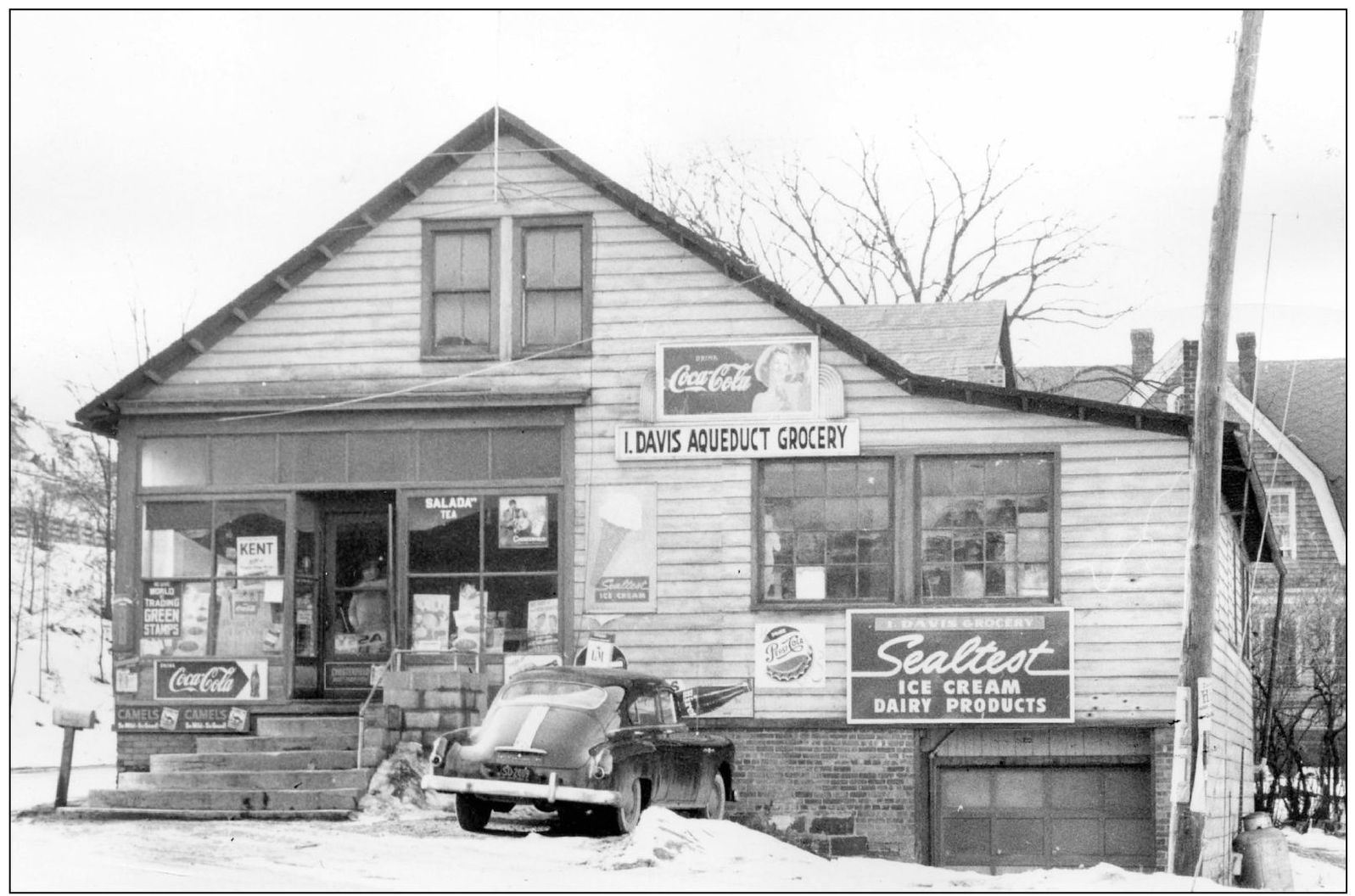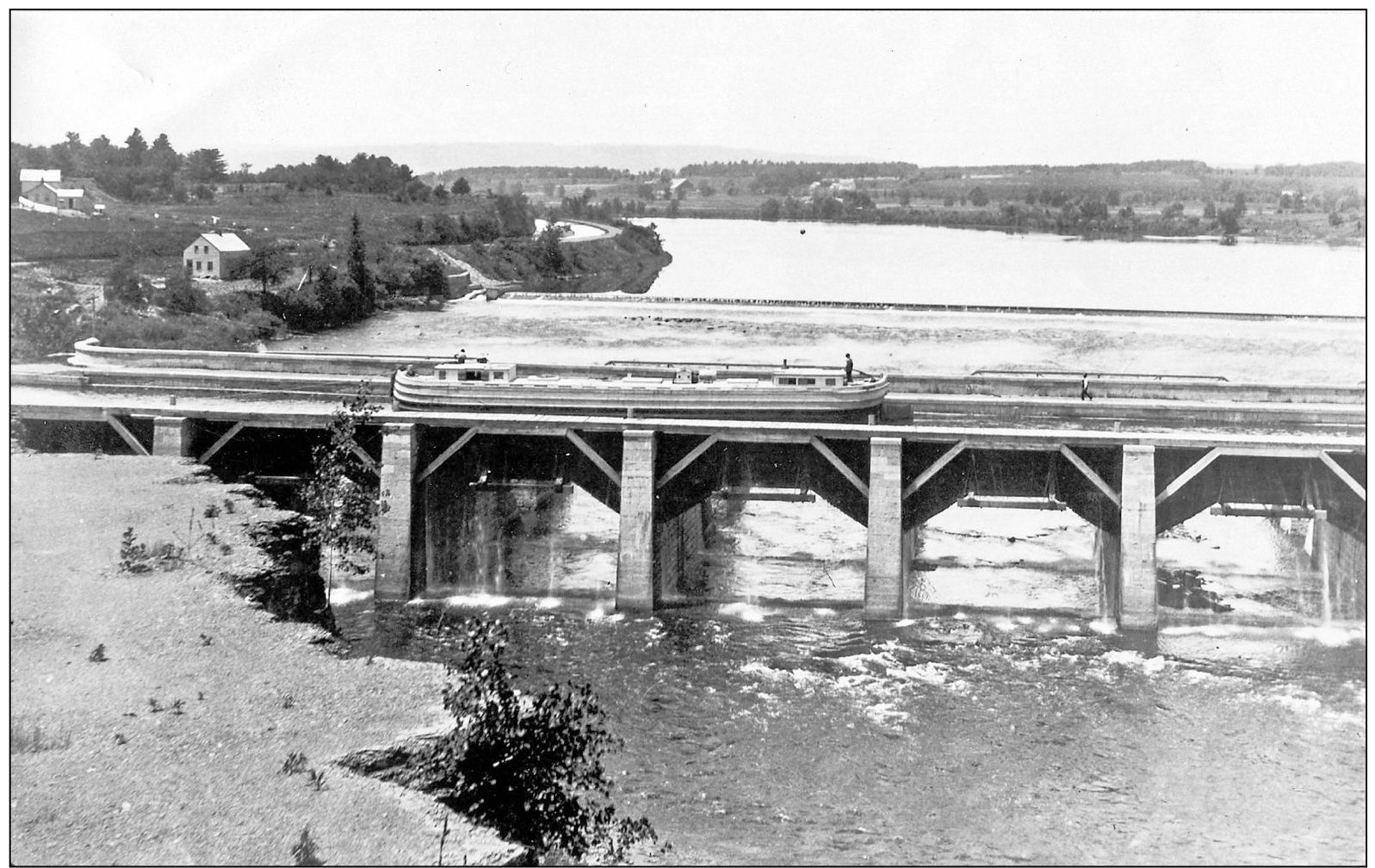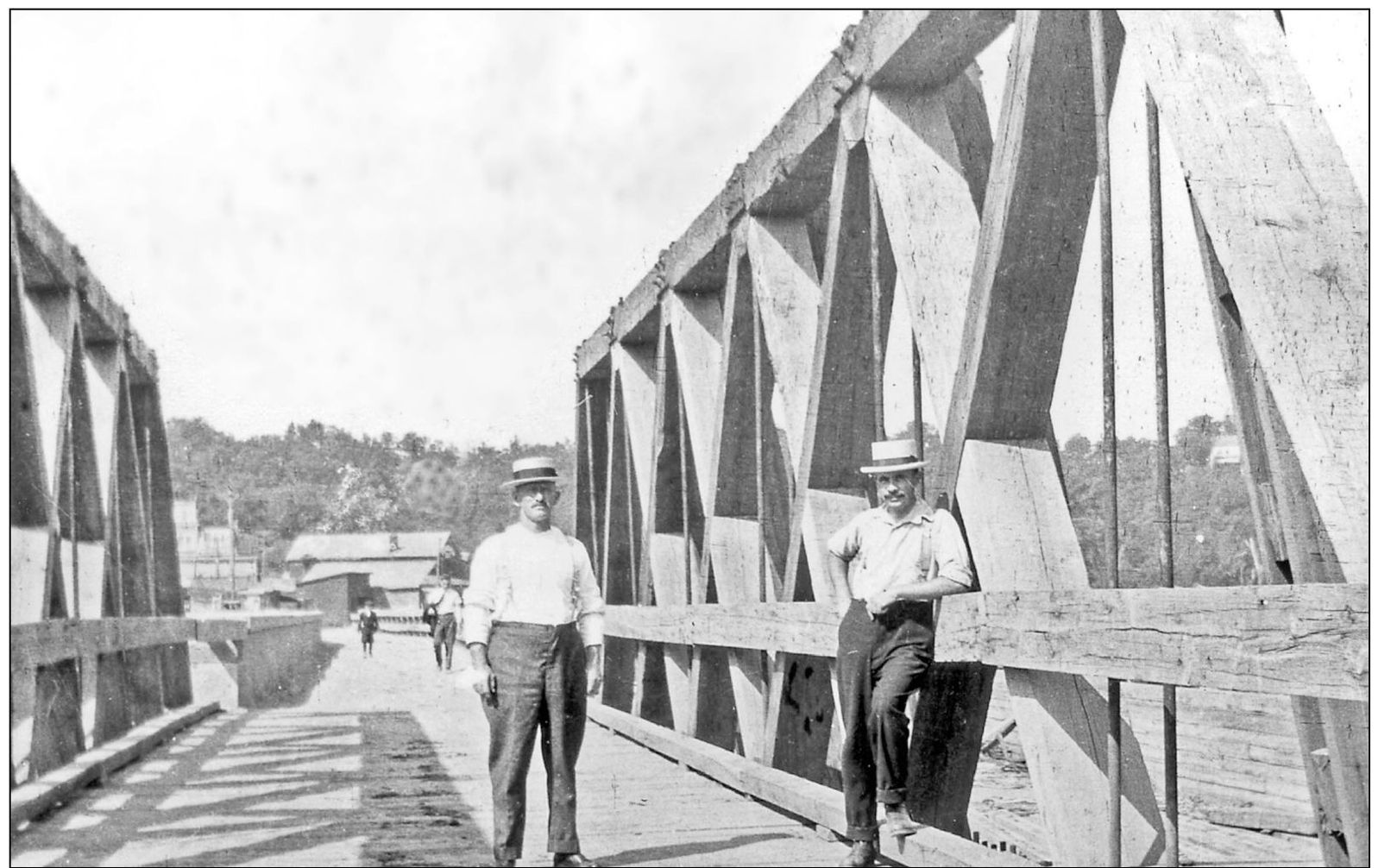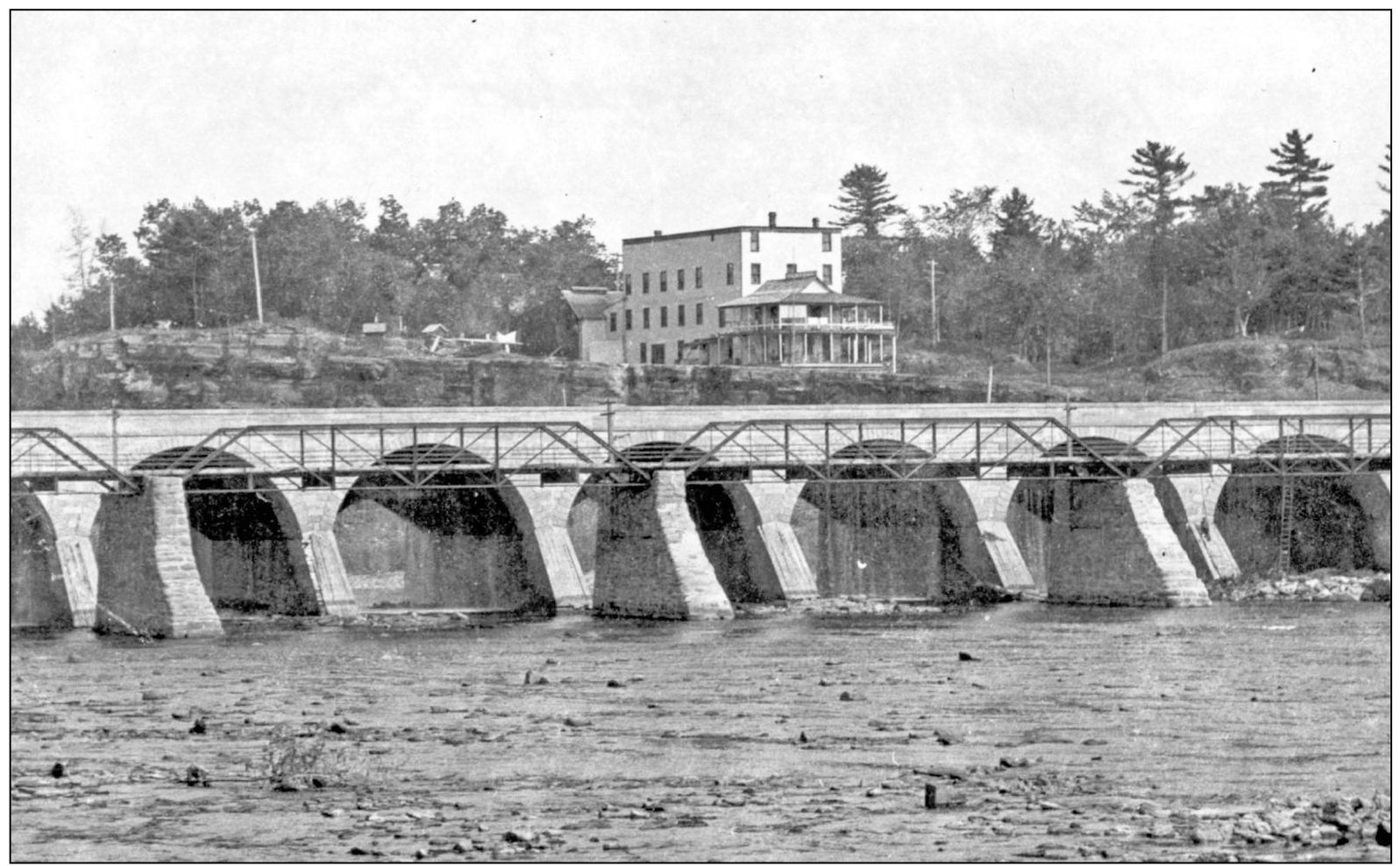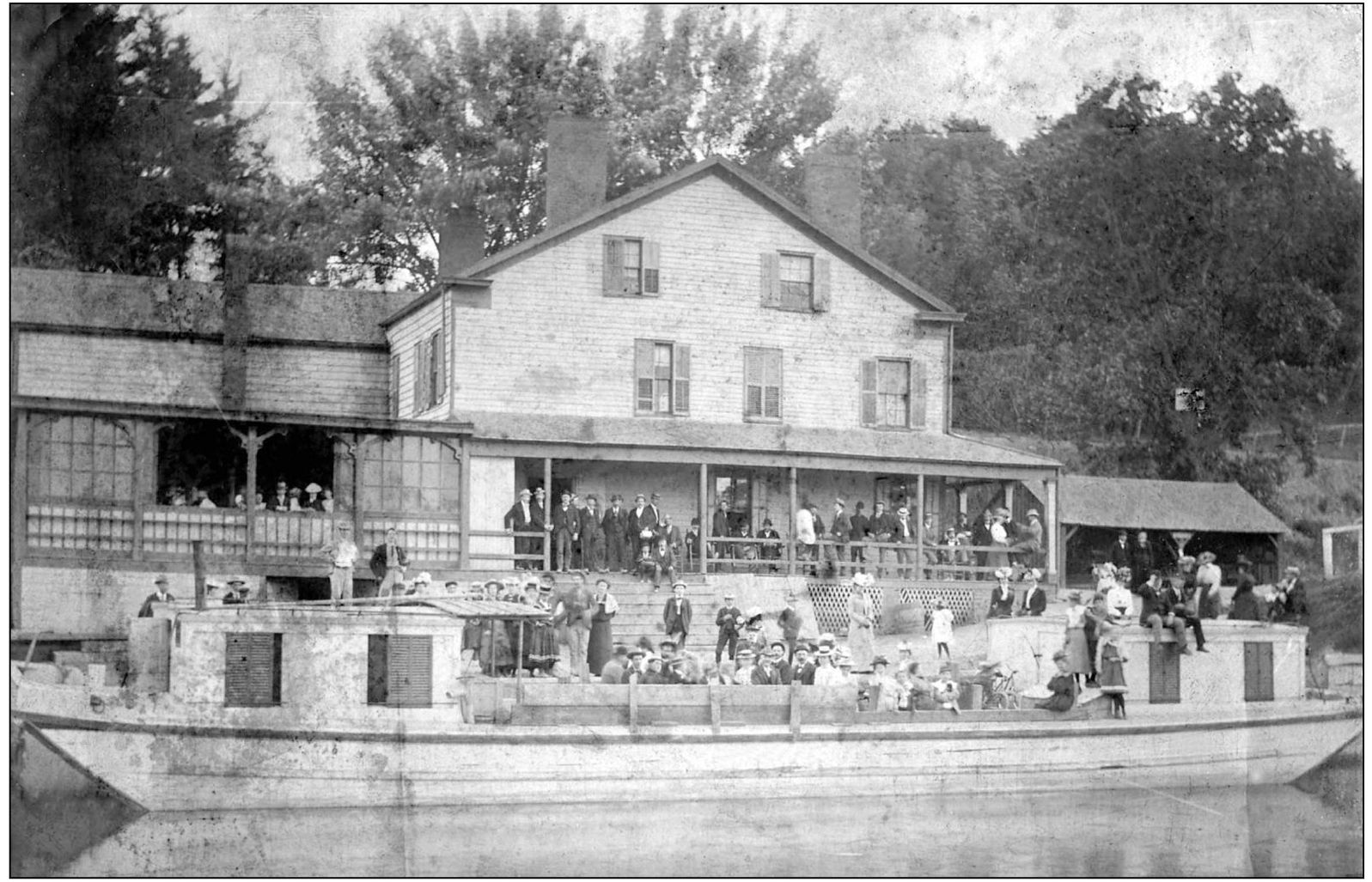ACKNOWLEDGMENTS
The Editorial Committee of the Schenectady County Historical Society (SCHS) extends its profound thanks to all those who gave so generously of their time to help make this book.
Those who helped with research are SCHS trustee Ruth Bergeron, Bill Buell, Mel Burger, Linda Champagne, Guy Cregier, Margaret Denison, Howard Fiedler, Dianne Gade, Tom Gifford, Gary Gridley, Frank Griggs, Scott Haefner, Bud Halsey, Gary Hermanson, Nancy Holsberger, Bernice Izzo, Barbara Jeffries, Don Middleton, Frank Pidgeon, Peter Reilly, Sadie Schneider, Betty Denison Shaver, SCHS trustee Frank Taormina, Fred Thompson, Dick Waterfield, and Jeff Wilkin of the Daily Gazette .
Those who contributed photographs or illustrations are Robin and Donna Benaquisto; Carl Buell; Janette Burger; Rudy Dehn; Carl Derwig; Dan Elliott, Grand Boulevard Fire Company; Al Finke Jr.; Richard Flanders; Kevin Franklin, historian, Town of Colonie; Ralph Gasner; Chris Hunter, archivist, Schenectady Museum; Glen Huntsberger III; Leona Jeffes, St. Helens School librarian; Karen Kast; Helen Kopke, Niskayuna town clerk; Andy Kulmatiski, director, Schenectady County Public Library; Jim Mancuso; Dick Masse; Carole McCarthy; Peg and Rick Mele; Bertha Guthan Pakan; Paul Pakan; Kathryn Reilly; Cynthia Seacord, archivist, Efner City History Center; Peter Sheehan; Skip Smith; Harry Steven, SCHS trustee; Nancy Stopera, Niskayuna Reformed Church; Frank Taormina, SCHS trustee; Carolyn Veeder; Dick Waterfield; and George Yager.
Where indicated in the body of this work, certain images are from the societys Laura Brown Collection, its Larry Hart Collection, or its John Papp Collection.
Serving on the societys editorial committee were Beth Pfaffenbach, editor-in-chief; trustee Ann Aronson, photographer; Katherine Chansky, librarian-archivist, SCHS Grems-Doolittle Library; Ann Eignor; trustee Jim Eignor, photography editor; trustee Carol Lewis; and Ed Reilly, president, SCHS.
Find more books like this at
www.imagesofamerica.com
Search for your hometown history, your old
stomping grounds, and even your favorite sports team.
One
AQUEDUCT
This view from the bank of the Erie Canal looking west toward Schenectady shows the Whipple Farm bridge that carried Balltown Road over the canal. In 1805, Alexander Alexander built a bridge across the Mohawk River and a dam to furnish power for Alexanders Mills, an early name for the hamlet of Aqueduct. At left is the Craig Hotel and across Balltown Road from the hotel is its wagon house. (Karen Kast.)
Here is a later photograph of the Erie Canal at Aqueduct. The bridge over the canal has been replaced with a steel girder structure. The Craig Hotel can be seen at the left edge of the picture with a remodeled wagon house, and more buildings have been built in the background. (Skip Smith.)
This undated photograph shows Balltown Road at Aqueduct shortly after the Troy and Schenectady Railroad overpass was built. The view is looking north across the Mohawk River toward Rexford. (SCHS.)
This is an aerial view of Aqueduct, taken prior to 1964, looking south along Balltown Road. It shows the bridge built in 1924 and the piers for the Erie Canal aqueduct. To the right is Smiths Garage, the Craig Hotel, and the Boat House. To the left near the overpass is the Aqueduct train station and accompanying buildings. (Karen Kast.)
This photograph was taken in 1912 from a spot in Aqueduct just west of the Mohawk River crossing prior to the rerouting of the Erie Canal. The bridge is a series of steel-truss spans. The upstream faces of the piers have a relatively shallow slope with the expectation that, during spring runoff, ice floes would break over the sloped surface. (SCHS.)
Dating back to 1835, this building was originally a wagon-horse livery for the Craig Hotel. Later known as the Izzy Davis store, it was Aqueducts only grocery store up through 1957. Izzy was a nickname for Isaac. (Efner City History Center.)
For four decades, this same building has been known as the Boat House, a business specializing in canoes, kayaks, and accessories. It is located at 2855 Aqueduct Road across from what was the Craig Hotel until 1980. From 1970 to 1981, the Boat House was owned by WRGB personality Ernie Tetrault and operated by him in partnership with Don Middleton. Current owners Bud and Sara Halsey continue to operate the Boat House. (Efner City History Center.)
This photograph was taken from the top of the cliffs in Aqueduct looking west, prior to 1918. It shows a canal boat crossing the Mohawk River on the aqueduct. (SCHS, John Papp Collection.)
When the Erie Canal was replaced by the New York State Barge Canal, which followed the course of the Mohawk River, a temporary wooden bridge was built on the supports of the abandoned aqueduct. The men on the bridge are Mike Travis (left) and Charles George, residents of Rexford. (SCHS.)
Here is the Williams Hotel as viewed from the north shore of the Mohawk River. In the foreground are a highway bridge to Rexford on its own substantial piers and the canal aqueduct behind it. (SCHS.)
An Erie Canal excursion boat is docked at the Parker Hotel in 1895. For most of its existence, the hotel was known as the Craig Hotel except when Schenectadian John Nicholas Parker (18541907) bought and operated it under his name from 1891 to 1899. Parker lived at the hotel for the previous 11 years to help the proprietor, his uncle Hiram Parker. John is the same Parker who built the eight-story Parker building in Schenectady, the tallest in that city. (Karen Kast.)

